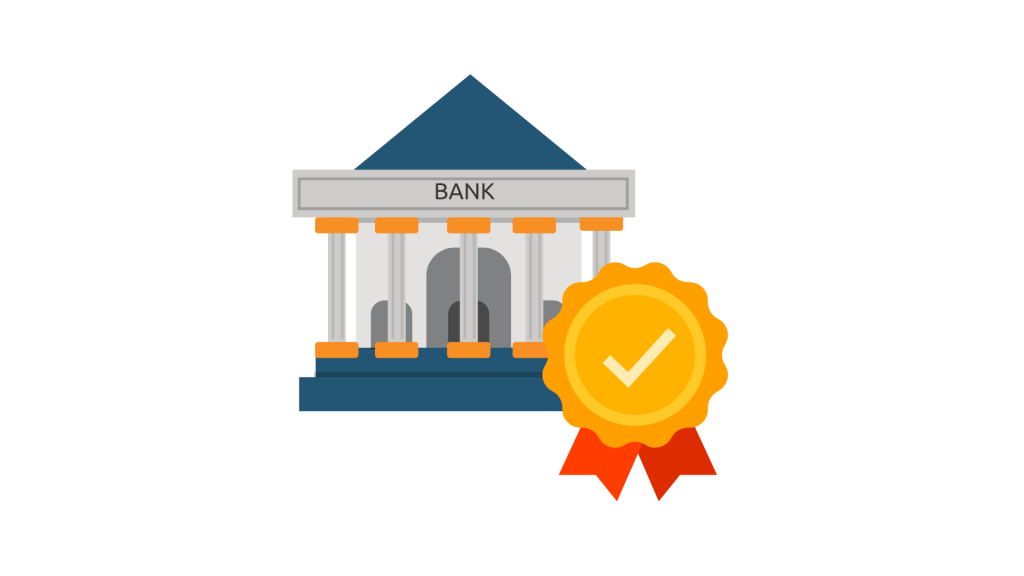The confusion and brain hurt that come with any financial term can be massive. However, understanding, comprehending, and establishing a general knowledge of financial terms is critical whether you are an entrepreneur, business person, employee, or just an individual.

Knowing financial terms and conditions becomes even more critical with increasing enterprise and competition in today’s day and time. But unfortunately, one can never anticipate when or where they would need the understanding and concepts of simple terms such as loans.
Think about it, you as an entrepreneur want to apply for a loan but are confused about the different types of loans. What would you do then?
So, here is a general overview of what their different terms mean and their differences:
1. Term Loan
A term loan gives borrowers a significant sum of money upfront for agreed-upon loan terms. Term loans are often reserved for well-established small firms with solid financial records. Small firms frequently use term loans to purchase fixed assets like equipment or a new facility.

There are three types of term loans. They are:
i. Short-Term Loans
Short-term loans are typically granted to businesses that do not qualify for a line of credit. They usually last shorter than a year; however, they can also refer to an 18-month loan.
ii. Intermediate-Term Loans
Intermediate-term loans are typically one to three years in length and are paid back in monthly installments from a company’s cash flow.
iii. Long-Term Loans
Long-term loans can span anything from three to twenty-five years. They require monthly or quarterly payments from profits or cash flow and use corporate assets as collateral. They limit their other financial commitments, such as other loans, dividends, or principals’ salaries. They can require a portion of profit to be set aside, especially for loan repayment.
2. Demand Loan

A demand loan can be returned in full at any moment by the lender. The lender and the borrower are both aware of this condition from the start. As a result, both parties benefit from the arrangement. Lenders prefer the security of knowing they may demand repayment, whether to seek other investments or recoup their capital.
Usually, the purpose of opting for a demand loan can be:
- Requirement of short-term funding for startups and business
- Paying off office space rent and salaries
- Purchasing small assets that include cars, equipment, etc.
- To buy raw materials.
The payback schedule for a demand loan is open-ended. When borrowers have excess funds, they can repay the borrowed sum at any moment. However, they are required to repay the entire loan amount at the lender’s request at any moment.
3. Overdraft
When there isn’t enough money in an account to fund a transaction or withdrawal, but the bank approves it regardless, it’s called an overdraft. In essence, it’s a financial institution’s extension of credit given when a customer’s account balance reaches zero.
When a customer’s account balance reaches zero, some banks offer overdraft protection; it prevents insufficient funds charges but sometimes includes interest and additional costs.
4. Overdraft Loan
An overdraft loan gives you immediate access to a modest amount of money to assist you in covering an account overdraft. For example, the loan amount might range from Rs. 25,000 to Rs. 1,00,000, depending on the interest rate and applicable costs.
Note: [Often, we get confused between an overdraft and a loan. A loan is a certain quantity of the money borrowed for a set length of time against a guarantee that must be repaid-with interest. An overdraft is a situation in which a customer is allowed to withdraw funds over the balance represented as a credit in their current account, but only up to a specified amount.]
5. Cash Credit
Cash credit is a short-term loan that banks grant for enterprises, financial institutions, and companies to meet their working capital needs. Even if there is no credit balance, the borrowing firm can make money up to the borrowing limit.
In a cash credit facility, a borrowing limit is a limit on the maximum amount of borrowing set by the bank. The borrower can withdraw and deposit the amount as many times as possible until the limit is reached. The bank establishes the borrowing limit based on the borrower’s ability to pay. Banks assess drawing power by looking at book debts, inventories, creditors, and other factors.
6. Working Capital Loan

A working capital loan is used to fund a business’s day-to-day operations. These loans are used to get working capital to fulfill a company’s short-term operating demands rather than purchase long-term assets or investments.
Working capital loans might assist you in meeting your short-term financial requirements. This is best employed when you’re in a financial bind and need a boost to get your cash flow back on track. It allows you to bridge cash flow gaps while looking for alternative feasible and long-term solutions to your cash flow issues.
There are different types of working capital loans. They are:
i. Short-Term or Long-Term Working Capital Loans
Short-term loans have a tenure of 84 months, while long-term loans have repayment of up to 7 years.
ii. Unsecured Working Capital Loans
Unsecured working capital loans are collateral-free working capital loans that do not require any of your assets to be pledged as security.
iii. Secure Working Capital Loan
The secured working capital loans are provided through pledged assets and property that are the collateral.
7. Bank Guarantee

A bank guarantee is a sort of financial insurance provided by a lender. The bank guarantee states that the lender will ensure that a debtor’s obligations are met. In other words, if a debtor does not pay, the bank will cover the bill.
Because the guarantee exposes the lender to more risk, loans from such a guarantee will have higher fees or interest rates. Individuals frequently prefer direct assurances for international and cross-border transactions because they are less formal and more easily adapted to foreign legal systems and norms. Indirect guarantees are most common in the export industry, especially when the beneficiaries are government agencies or public enterprises.
8. Deferred Payment Guarantee
Deferred Payment Guarantees are contracts in which the Surety agrees to pay some money to the Beneficiary in exchange for a fee unless the Party being Guaranteed fully fulfills their contractual obligations. The Party Being Guaranteed (Client of the Bond) then provides the Surety with a Counter Indemnity.
Deferred payments allow you or your clients to process the payment without incurring interest. As a result, someone who postpones an Rs. 50,000 charge will only have to pay Rs. 50,000 when the price is due. On the other hand, customers typically pay interest on top of their regular repayments when they take out a loan (i.e., the principal).
9. Letter of Credit

A letter of credit, sometimes known as a “credit letter,” is an assurance from a bank that a buyer’s payment to a seller would be received on time and in the exact amount. The bank will be forced to cover the total or remaining cost of the transaction if the buyer cannot make a payment on the acquisition. It might be made available as a service.
The types of letters of credit are:
i. Commercial Letter of Credit
This is a method of direct payment in which the issuing bank pays the Beneficiary directly. A standby letter of credit, on the other hand, is a backup payment option in which the bank pays the Beneficiary only if the holder is unable to.
ii. Revolving Letter of Credit
This type of letter lets consumers make as many sketches as they want within a set time frame.
iii. Traveler’s Letter of Credit
This letter guarantees that issuing banks will honor drafts issued at specific foreign banks for persons traveling abroad.
iv. Confirmed Letter of Credit
A confirmed letter of credit has been guaranteed by a bank other than the issuing bank. The confirming bank, usually the seller’s bank, is the second bank. If the holder and the issuing bank default, the confirming bank secures payment under the letter of credit. In foreign transactions, the issuing bank usually demands this arrangement.
Conclusion
Understanding and analyzing the kinds of loans and financial terms there are is essential as you will never know when you have to use it or be able to grasp a concept and conversation with the help of it.
